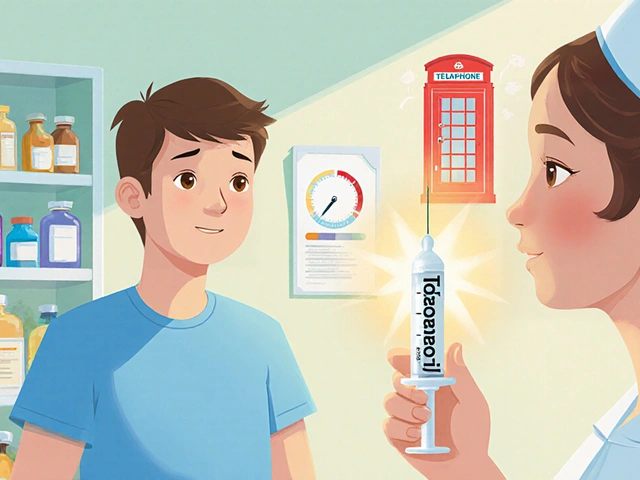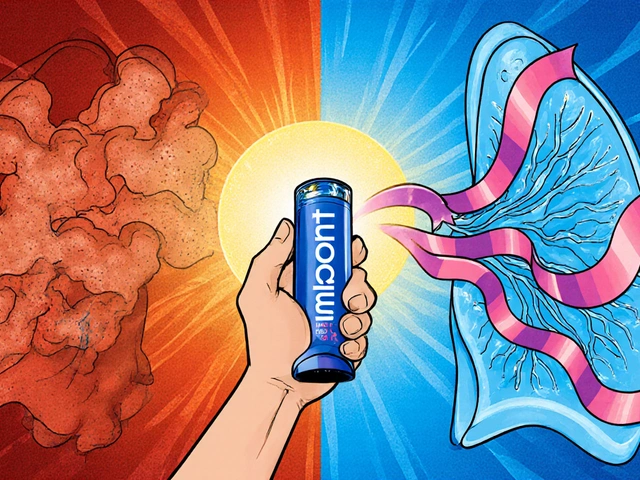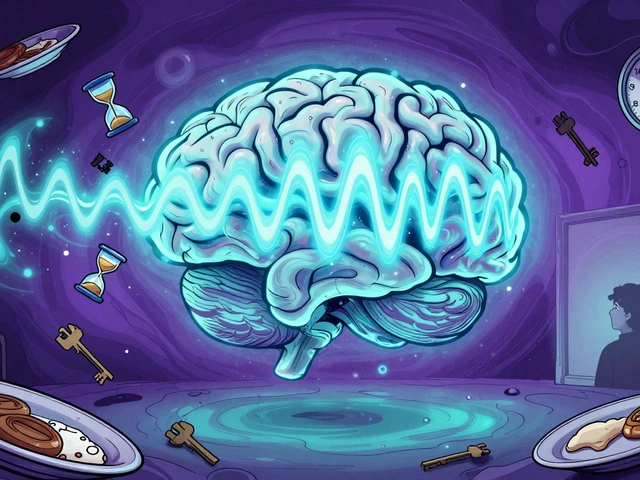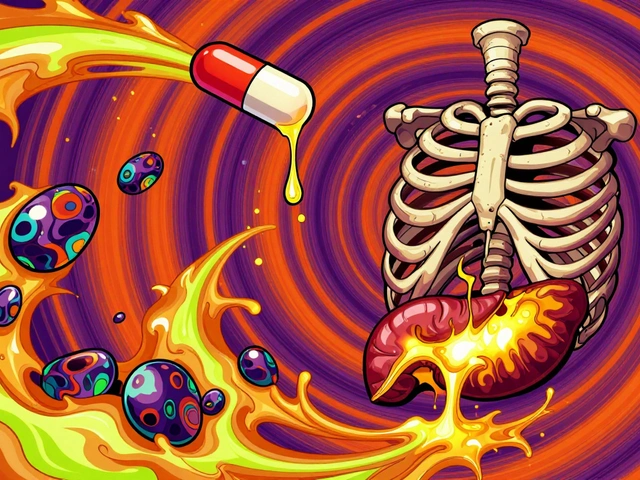
Gout Medication Guide: What Works and How to Use It
If you’ve ever felt that sudden, sharp pain in your big toe, you probably know how disruptive gout can be. The good news is that modern medicine offers several drugs that can stop attacks, lower uric acid levels, and keep you moving. In this guide we’ll break down the most common gout meds, explain how they work, and share practical tips to use them safely.
Common Gout Medications and How They Work
Allopurinol is the go‑to drug for long‑term uric‑acid control. It blocks an enzyme called xanthine oxidase, which your body uses to make uric acid. Most doctors start patients on a low dose (100 mg daily) and raise it gradually until blood tests show the target uric‑acid level—usually below 0.36 mmol/L. Take it with food to avoid stomach upset.
Febuxostat works the same way as allopurinol but is often used when allopurinol isn’t tolerated. It can be a better option for people with mild kidney problems. The usual dose is 40 mg daily, sometimes increased to 80 mg.
Colchicine is the fast‑acting hero for an acute gout flare. It reduces inflammation by blocking certain immune cells. A typical short‑term course is 1.2 mg then 0.6 mg an hour later, followed by a low maintenance dose if needed. Watch out for stomach cramps and diarrhea—those are common side effects.
Non‑steroidal anti‑inflammatory drugs (NSAIDs) such as ibuprofen, naproxen or indomethacin can also stop flare pain quickly. They don’t lower uric acid, so they’re only a temporary fix. Take the lowest effective dose for the shortest time to protect your stomach and kidneys.
Corticosteroids like prednisone are an option when NSAIDs or colchicine can’t be used. A short tapering course (e.g., 30 mg daily for a few days, then down) can calm severe inflammation. These are powerful, so doctors reserve them for tough cases.
Tips for Safe Use and Managing Side Effects
Start any new gout drug at the lowest dose your doctor recommends. This lets your body adjust and gives you a chance to spot side effects early. Keep a simple log of how you feel, any stomach trouble, and your uric‑acid numbers from blood tests.
Hydration matters a lot. Aim for at least eight glasses of water a day, especially when you’re on allopurinol or febuxostat. Water helps your kidneys flush out excess uric acid.
Avoid foods high in purines—think red meat, organ meat, certain fish (like sardines) and sugary drinks. Cutting these out can boost the effect of your medication and may let you stay on a lower dose.
If you notice a rash, severe nausea, or sudden joint swelling while on colchicine, stop the drug and call your doctor. These could be signs of a rare but serious reaction.
Never mix NSAIDs with alcohol or other blood‑thinning drugs without checking with a pharmacist. The combination can raise the risk of stomach bleeding.
Regular blood tests are a must. Your doctor will check liver and kidney function, plus uric‑acid levels, every few months when you start a new medication. Adjustments are common, so keep those appointments.
Finally, remember that medication is only one piece of the puzzle. Maintaining a healthy weight, staying active, and limiting alcohol can all lower the chance of another flare. Think of your gout plan as a team effort between you, your meds, and everyday habits.
With the right drugs, a few lifestyle tweaks, and regular check‑ups, you can keep gout under control and get back to the activities you love.
-
6 Aug






